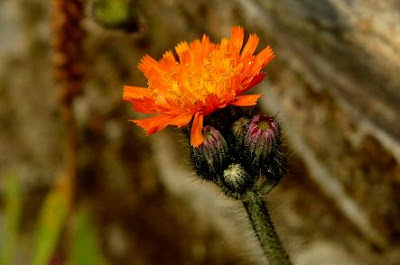Thursday evening, I passed some Swallows, who were sitting overhead on the telephone wires. Despite being late for meeting Michelle of Rehabcare at the pier for a picture, I could not help myself and stopped for a few pictures, before moving on to the pier.
Barn Swallows,
Hirundo rustica.

At the other end of the wires, across the field, I spotted some Starlings, flying off and on the wire.
4pm


Down at the pier a small fishing boat was just returning from a trip out in the bay. Behind and above the boat, Gulls were eager to be nearby; just in case a meal, or just a snack would drop from the boat.

And as I turned around, and made another Gull shot, I suddenly realised that light was fading fast. It had been overcast all day, with a few Sunny spells promised. I was still waiting for these!

And here we had a sudden peep by the creator of Life on Earth; the Sun, herself.


Michelle, Christine and I moved to the setting at the Church of Ireland, to get a few more pictures of this writer, and as I looked back, I was surprised to see the Sun set already.



,
On my return home, taking the same road, as before, I spotted that a few more Starlings had arrived by now:

As I shot these (and a suitcase more!) I realised that I was looking at a Starling roosting site. And as I sat observing the birds take off and return to their spot on the wire again, I set my mode dial on movie clips. I knew this roost, even though still very small, compared to the millions at some roost site, would do its dance at one point. The birds did their bit, but I messed them up! So I'll return next week some time, at a later time, to see how many how large (approx) this roost is.
I now recall that I had seen, from my kitchen window, something like a black-ish shape moving, in 2006/7 which I thought to be at the end of the back road. I had then assumed it was the Corvids at the bay. It is more likely it was Starlings. But I had no idea the village, and the valleys stored this many Starlings. They greet me early in the morning with their funny high-pitched calls. They will sit high in the Hawthorn, right at the other side of my garden wall, and yet never call to come and feed here.
Also, I often see them at the other side of the estate, where I often see them in one of the trees there, where they always seem to fight! (not at my end!) At the bay I often see them too.

Starling,,
Stumus vulgaris.
Gathering together before going down into the scrub of the fields to settle for and spend the night.
























